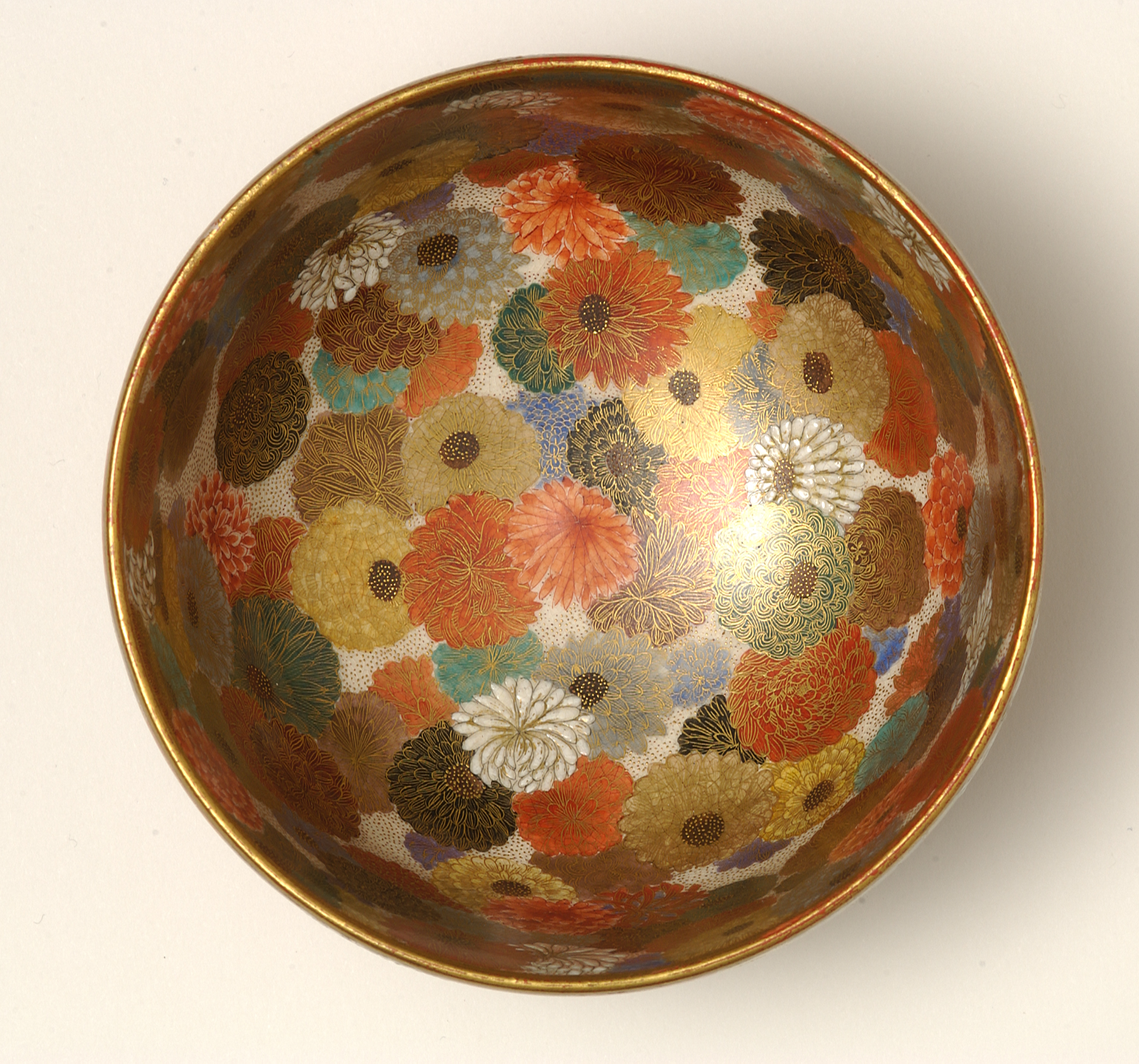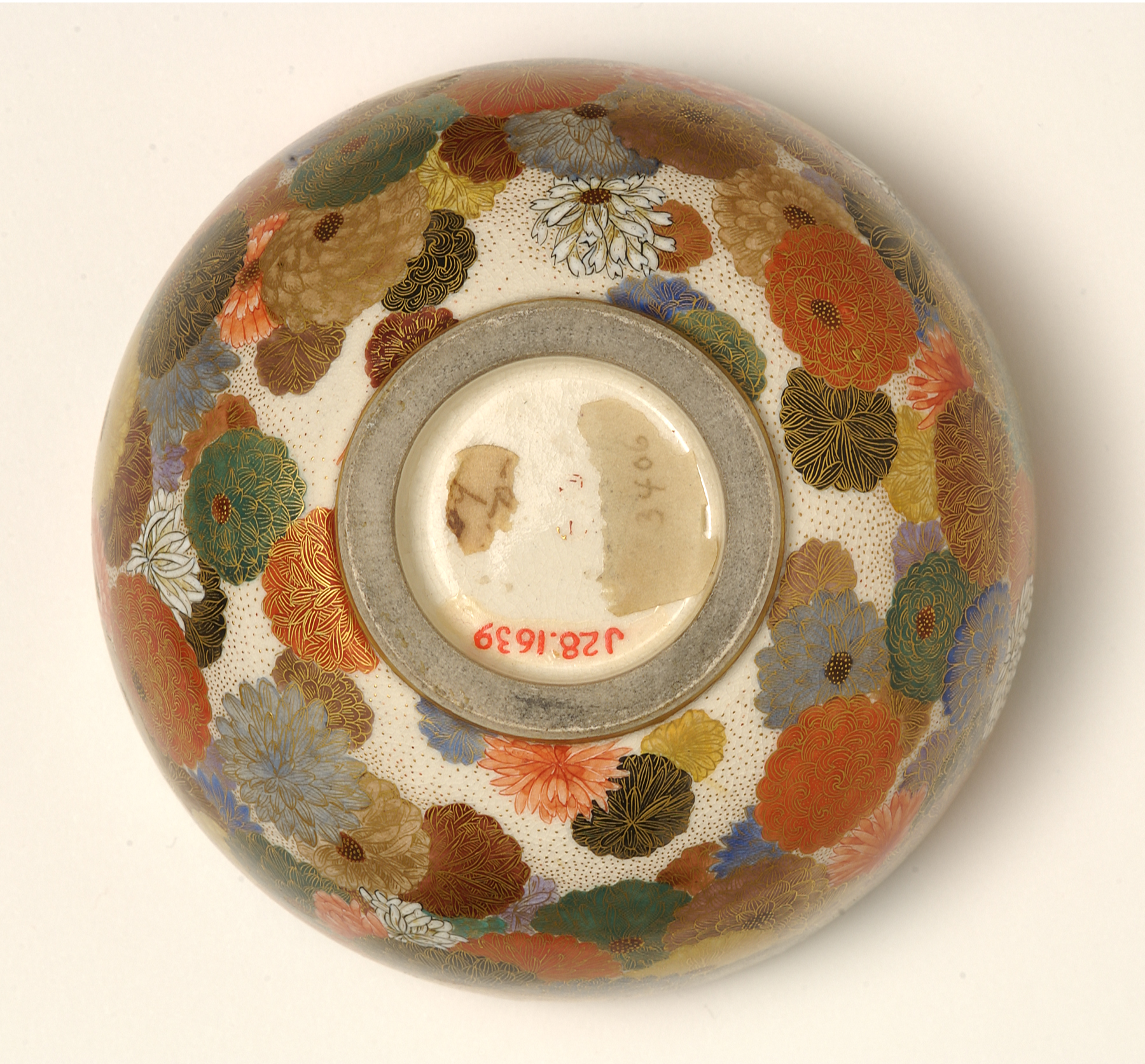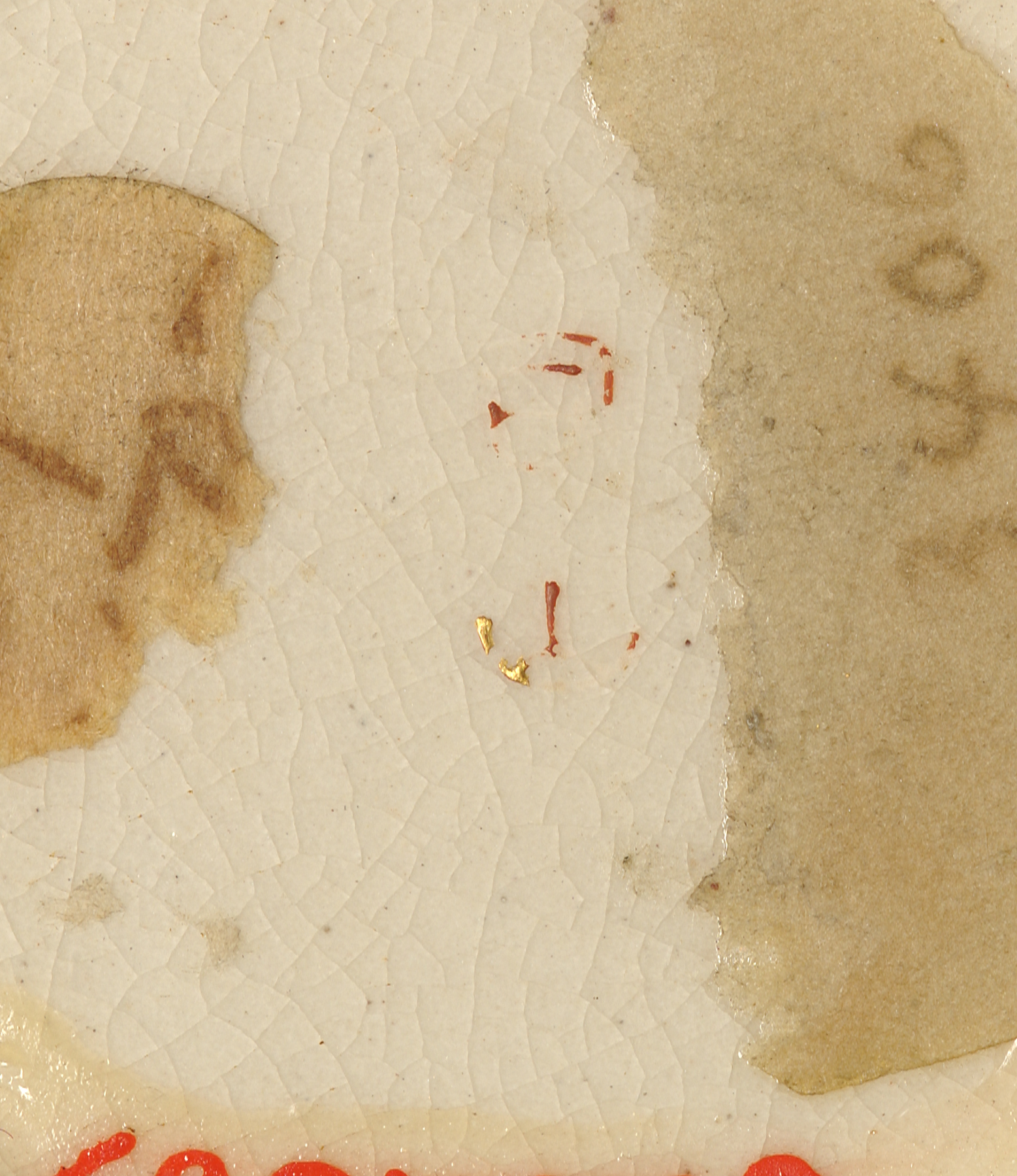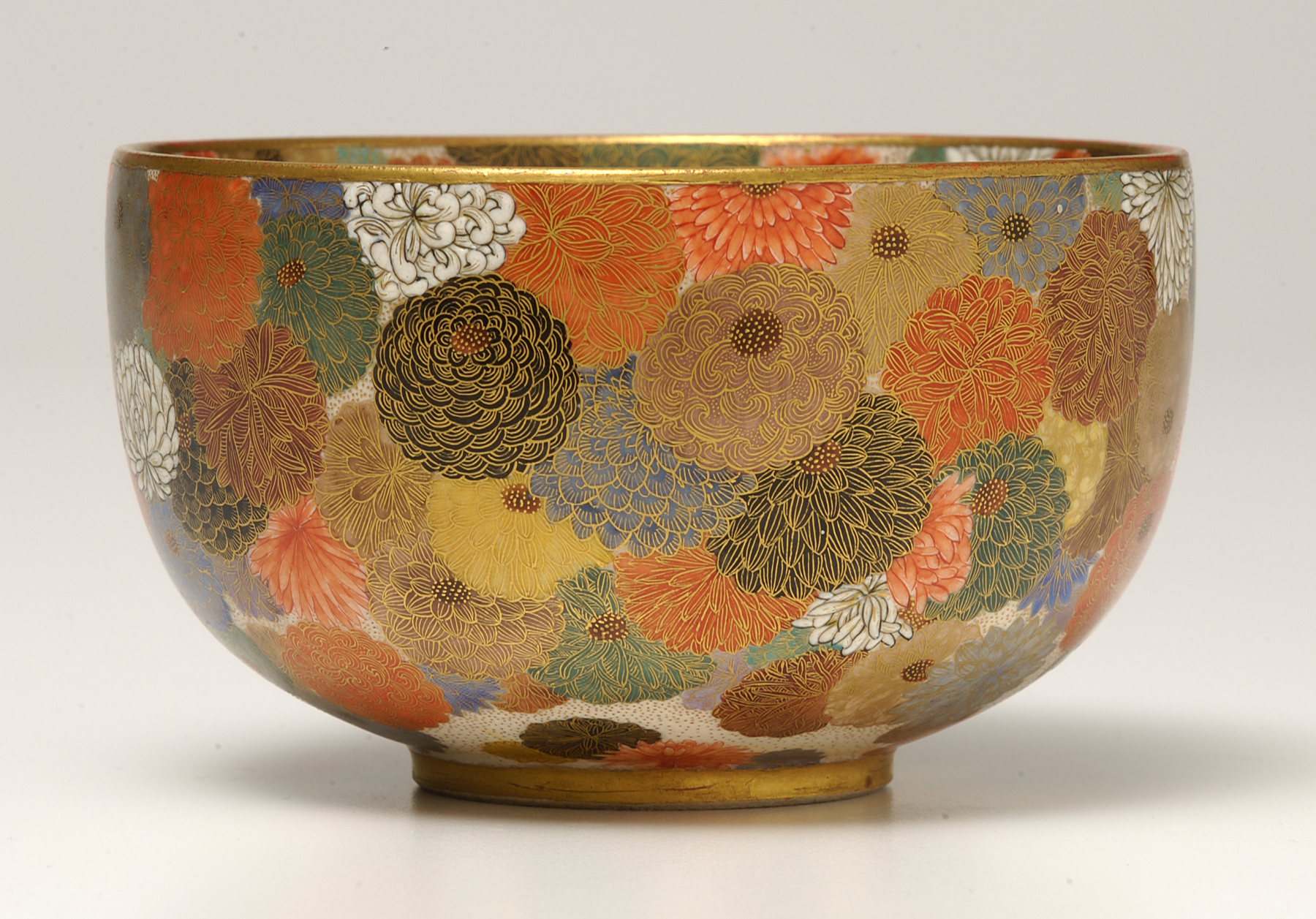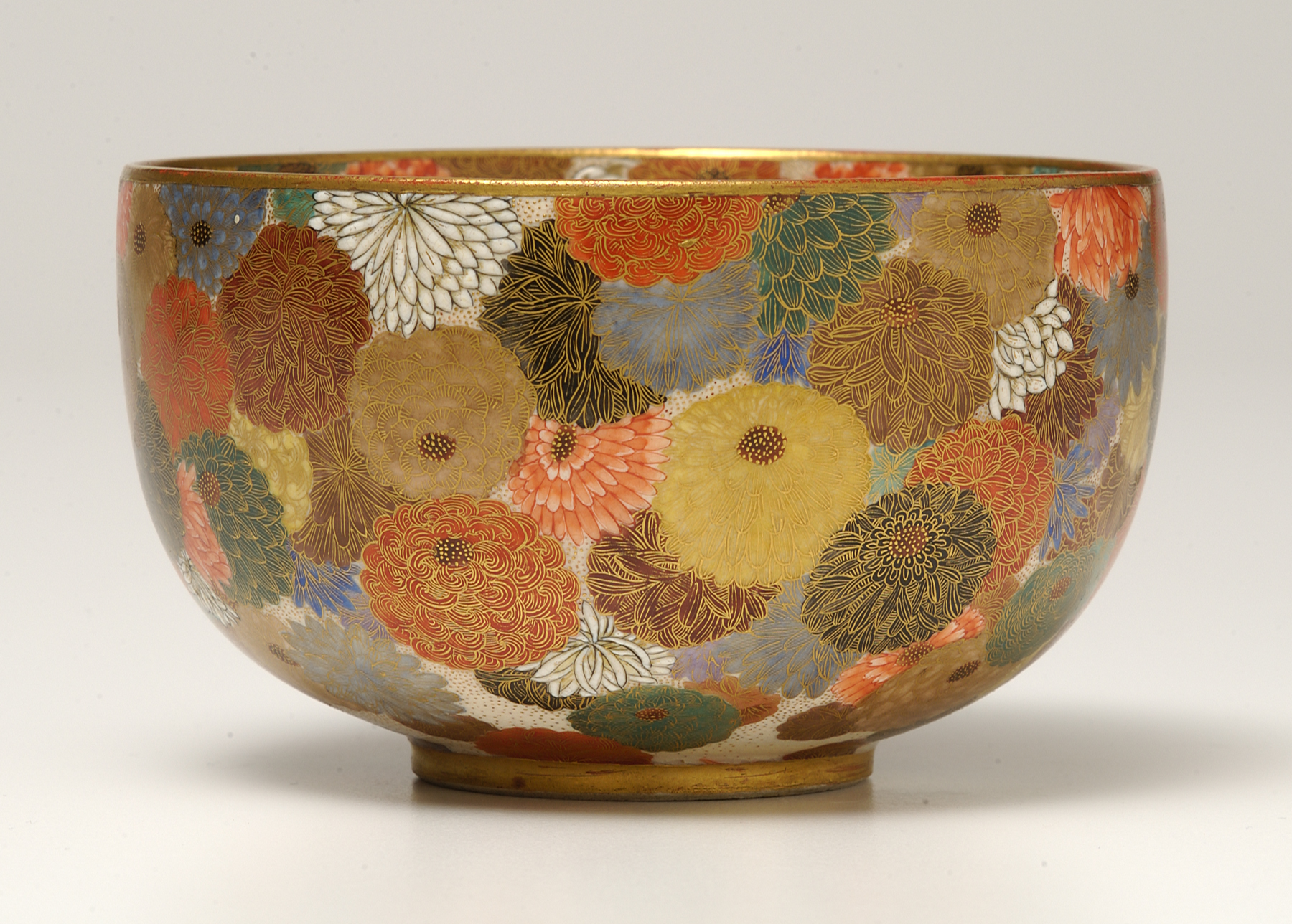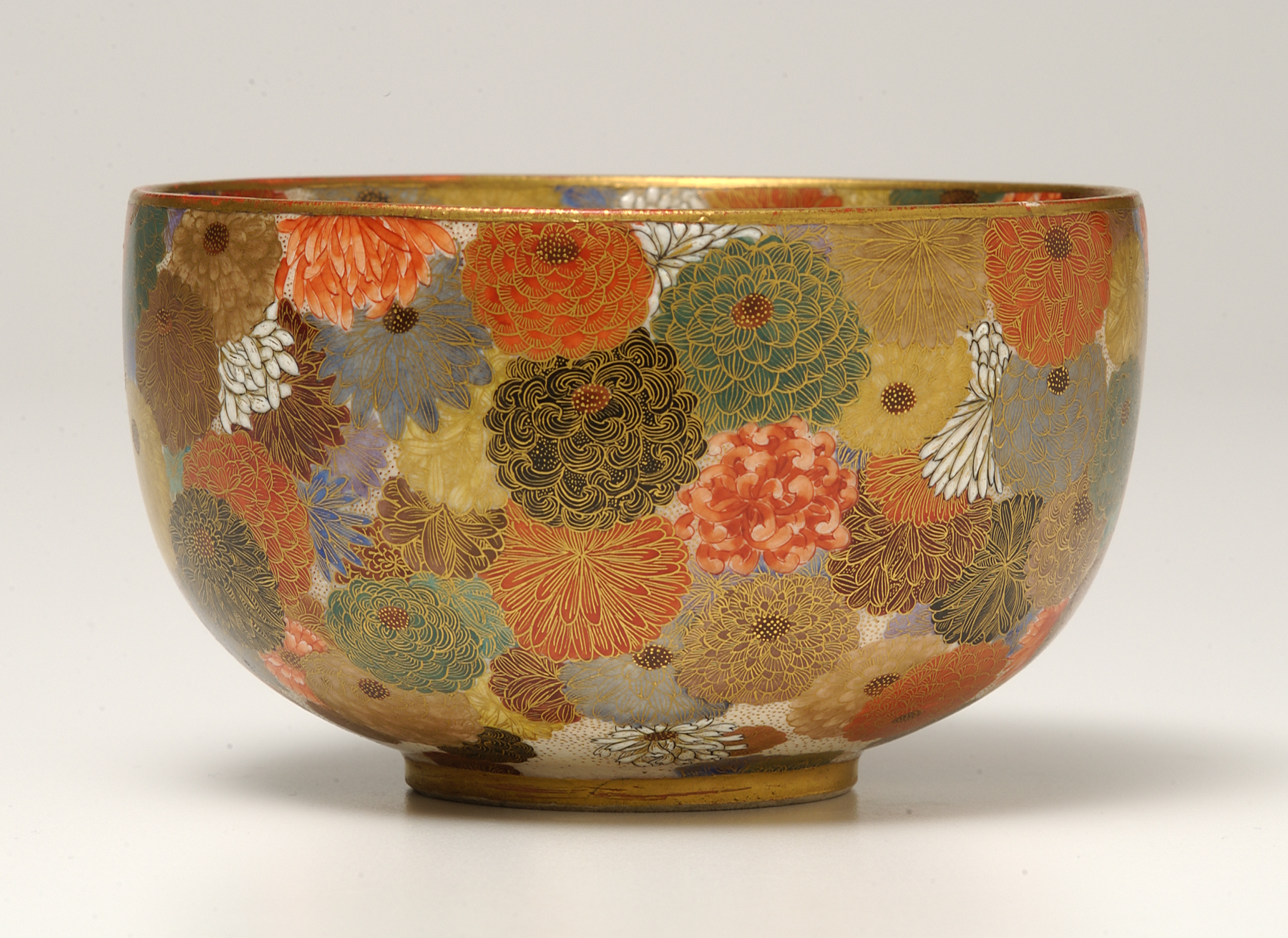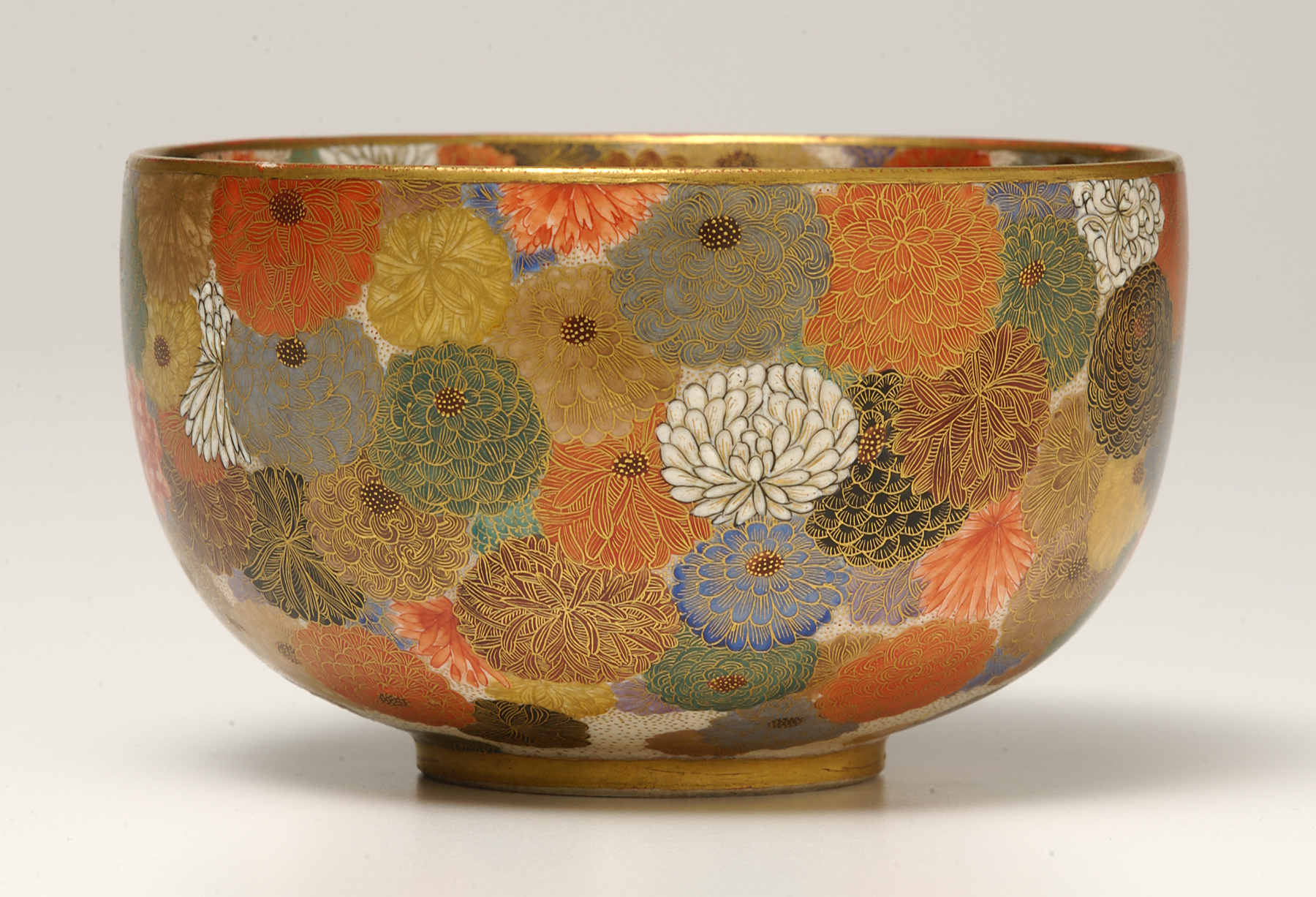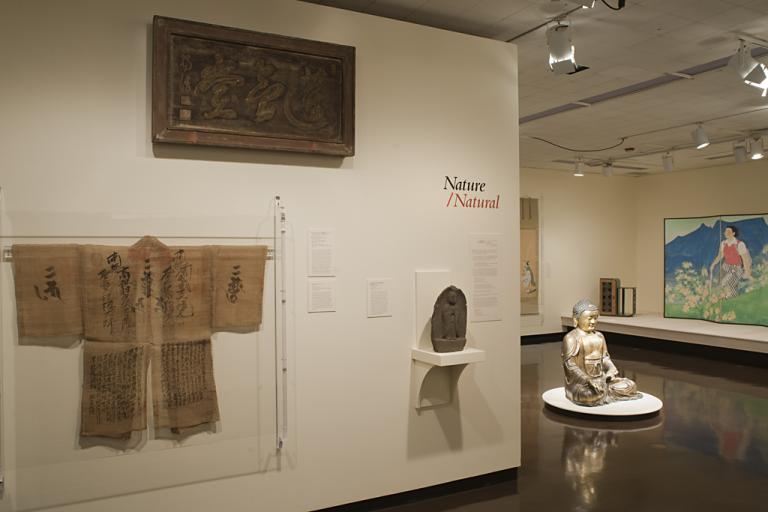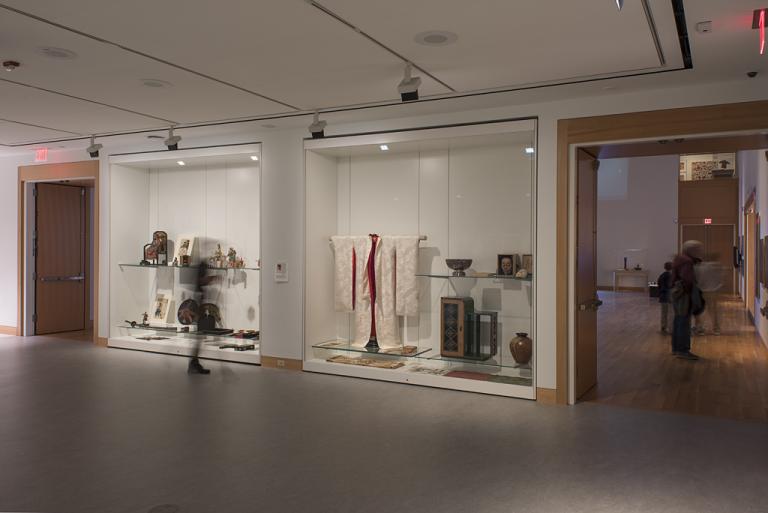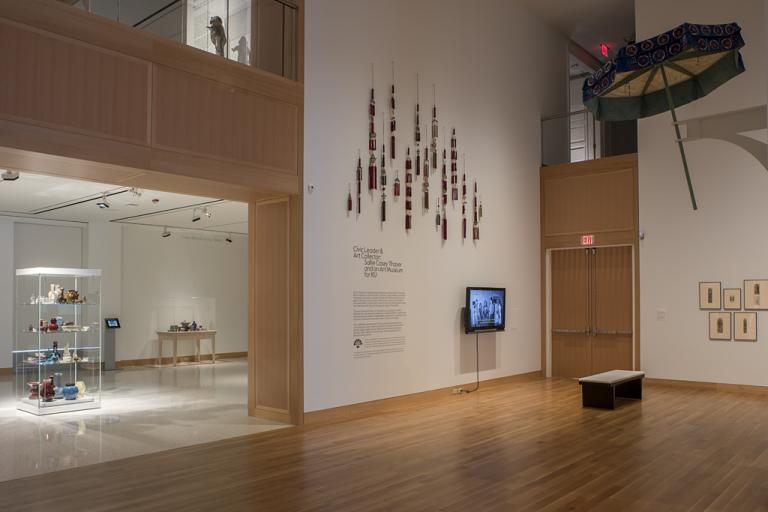bowl with chrysanthemums, Miyagawa Kōzan
Artwork Overview
Miyagawa Kōzan, artist
1842–1916
bowl with chrysanthemums,
late 1800s, Meiji period (1868–1912)
Where object was made: Japan
Material/technique: porcelain; 薩摩焼 Satsuma ware; gilding; glaze
Dimensions:
Object Height/Diameter (Height x Diameter): 6.7 x 10.8 cm
Object Height/Diameter (Height x Diameter): 2 5/8 x 4 1/4 in
Object Height/Diameter (Height x Diameter): 6.7 x 10.8 cm
Object Height/Diameter (Height x Diameter): 2 5/8 x 4 1/4 in
Credit line: William Bridges Thayer Memorial
Accession number: 1928.1639
Not on display
If you wish to reproduce this image, please submit an image request

